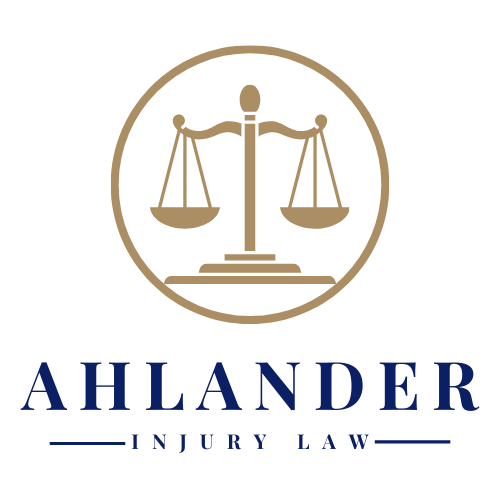Types of Strict Liability Cases and Their Impact
Strict liability represents a unique component of the legal landscape, where accountability does not depend on intent or negligence, but simply on the occurrence of an action or event. Its implications reverberate across various sectors, from product liability to animal ownership, and even to abnormally dangerous activities. Understanding the different types of strict liability cases provides clarity about the broader strokes of the legal system and the specific areas where this principle applies.
Product Liability Cases
One of the most common contexts in which strict liability applies is product liability. If a company produces a product that is defective or dangerous and this results in injury, the company could be held strictly liable, regardless of the level of care they took during the production process. Thus, manufacturers, distributors, and retailers can be held accountable for any harm their products cause, emphasizing the importance of quality control and consumer safety.
Animal Ownership Cases
The concept of strict liability also plays a significant role in animal ownership cases. Owners may be held strictly liable for the actions of their pets, particularly if the animal is of a breed considered dangerous or has a history of aggressive behavior. If such an animal causes harm, its owner might be held legally responsible, irrespective of whether they took appropriate precautions. This facet of strict liability highlights the responsibility pet owners bear for their animals’ actions and encourages responsible pet ownership.
Abnormally Dangerous Activities
Strict liability cases extend into the realm of abnormally dangerous or inherently hazardous activities, such as using explosives, storing hazardous substances, or engaging in high-risk sports. These activities carry an inherent risk that cannot be mitigated by the highest degree of care, and if they cause harm, those involved may be held strictly liable. These cases stress the responsibility individuals and organizations hold when engaging in potentially harmful actions, acting as a deterrent against reckless conduct.
Other Areas of Application
Other areas where strict liability is applicable include trespassing onto another’s property and engaging in certain types of environmental pollution. These cases enforce the idea of respect for others’ rights, property, and the environment at large, bolstering communal harmony and environmental conservation efforts.
Strict Liability Implications
The doctrine of strict liability comes with profound implications. On one hand, it encourages responsibility and caution in potentially harmful situations, as parties are aware that they can be held liable even in the absence of negligence. On the other hand, critics argue that it might seem unfair to hold someone liable for an action they took every precaution to prevent. Regardless, strict liability continues to serve as a crucial legal concept, addressing complex issues across a wide range of scenarios.
The different types of strict liability cases demonstrate the extent and diversity of this legal principle’s application. From ensuring product safety to promoting responsible pet ownership, from discouraging abnormally dangerous activities to enforcing property rights, strict liability cases shape legal and societal norms. While the concept may appear rigorous, it consistently emphasizes personal and corporate responsibility, thereby shaping conduct and decisions in several realms of daily life and commercial operations. Understanding these cases, and their implications, is essential to comprehend the broader contours of the legal landscape.
Recognizing the nuances of strict liability cases can be a complex task. Reach out to our team of experienced professionals today for comprehensive advice and assistance on your specific legal needs.
The post Exploring the Different Types of Strict Liability Cases and Their Implications appeared first on Ahlander Injury Law.





